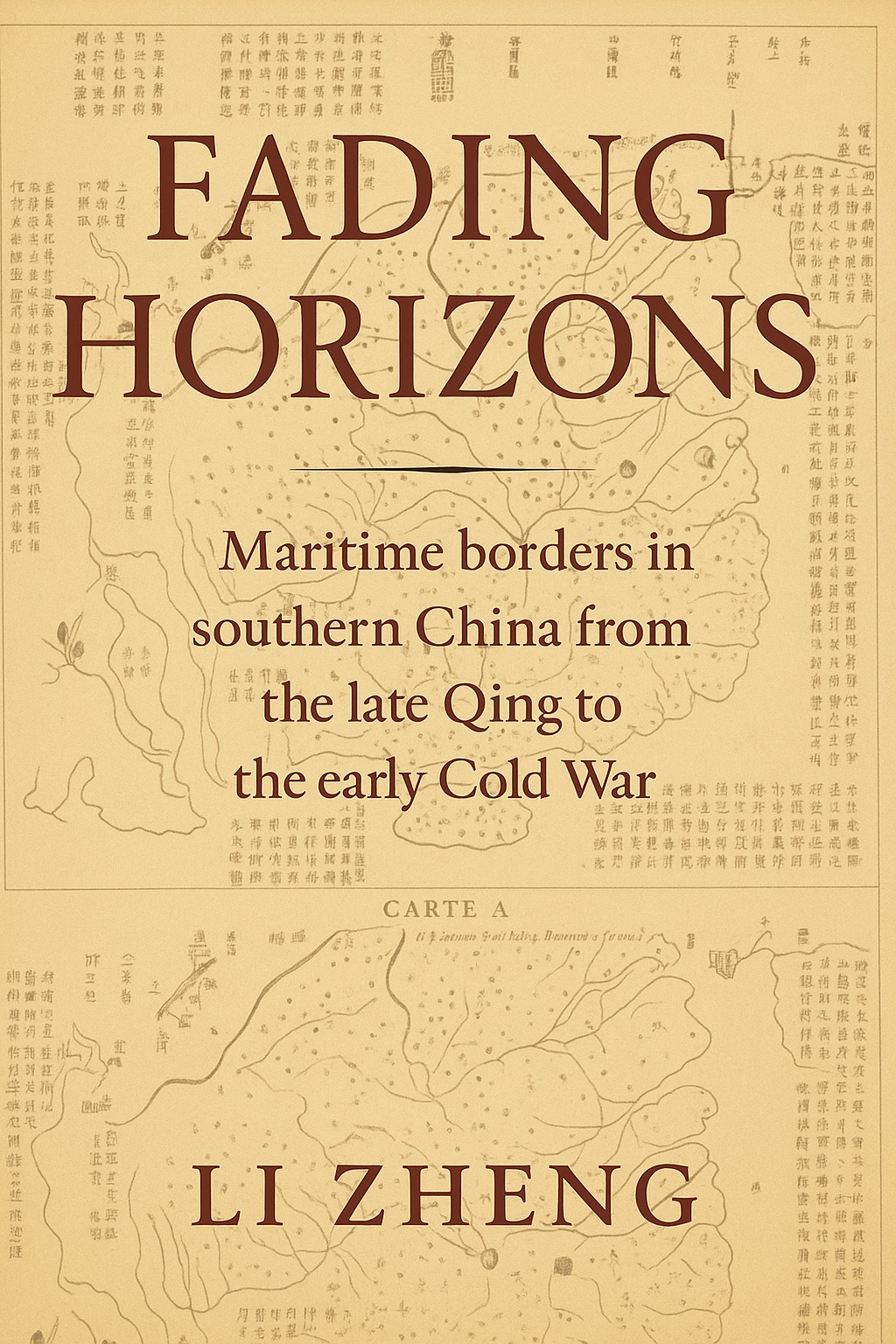I expected a sweeping narrative about empires and got a very narrow maritime microhistory loaded with acronyms and archival minutiae. Interesting in parts (the Shapowei sextant story), but the prose felt dry and the focus too niche for my taste.
Fading Horizons traces the making and unmaking of maritime borders in southern China from the late Qing to the early Cold War. Drawing on the salt-stained diaries of Quanzhou captain Lin Jinbao, Portuguese hydrographic charts in Lisbon, and lighthouse ledgers from the Penghu archipelago, Li maps how traders, pilots, and patrolmen read the sea. Scenes shift from Xiamen's Gulangyu warehouses to Beihai's customs sheds and Haikou's storm shelters, where cargo lists for the steamer Hailiang sit beside typhoon warnings. The result is a portrait of a littoral world that refused to stay still.
Arguing that horizons fade as much as they recede, Li shows communities redrawing themselves under the pressure of tariffs, treaties, and cyclones. Oral histories from Kinmen boatbuilders, telegrams from the Hong Kong marine police, and a rusted sextant recovered in Shapowei anchor a narrative that is both intimate and global. Methodologically a microhistory with a long view, the book pairs fine-grained storytelling with annotated maps and photograph plates for readers of maritime history and border studies.

